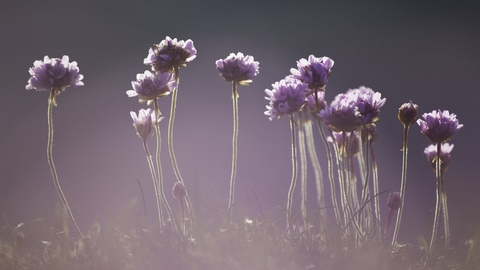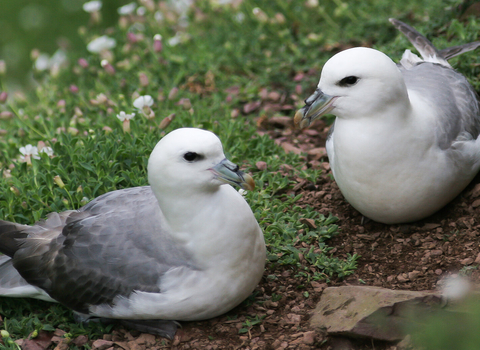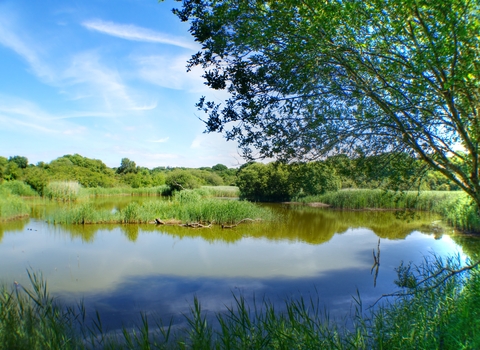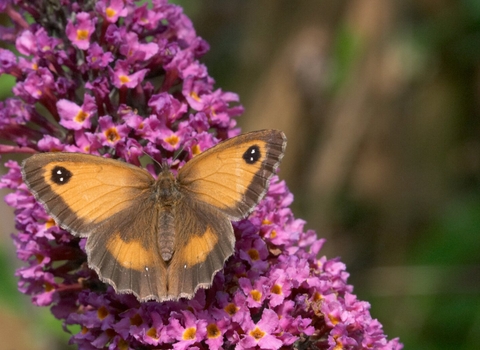
Mark Hamblin/2020VISION
Cemaes Head
Location
Know before you go
Dogs
Please keep dogs on a lead to prevent disturbing nesting birds and clean up your dog litter.
When to visit
Amseroedd agor
The reserve is open access.Amser gorau i ymweld
March-Jul, Jul-Sept, Dec-JanAm dan y warchodfa
A whole range of features are exhibited from the sheltered eastern side to that exposed to the full force of the south westerly Atlantic weather. For the most part the headland comprises steep, at places extremely steep, slopes which eventually give way to cliffs of various heights, though generally no more than 100 m or so. These cliffs are intersected by gullies and at places sea caves and small beaches. The geology of Cemaes Head is mainly Silurian sedimentary rocks of the Devonian series.
There are areas of Pony and Rabbit-grazed maritime grassland on the more exposed western slopes. This grassland is comprised of Red Fescue and Thrift, and has abundant Spring Squill and Sea Plantain. Patches of maritime heath with Heather (Ling), Bell Heather and Western Gorse occur on the highest parts, and Bracken is abundant, especially on the more sheltered eastern slopes where control is necessary. Climbing Corydalis is found amongst the Bracken, whilst the seabird cliffs support the large fleshy-leaved variety of Buck’s-horn Plantain.
There are extensive areas of close-cropped sward on the west side of the Head formed through Pony grazing, which is an advantage to the small Chough population, consisting of one breeding pair on the reserve and one other just outside the boundary, although the site is used by many others for foraging. Small numbers of Herring Gulls, Fulmars and Shags breed, together with a colony of Cormorants. Other species of note include Peregrines, Kestrel, Raven, Wheatear, Stonechat and Skylarks, which breed on the reserve. Grey Seals haul out on inaccessible beaches in the winter and breed in the late summer, and are sometimes to be seen swimming offshore, as are schools of Dolphins and Porpoises.
Mammals include Rabbits and Bank Voles.



